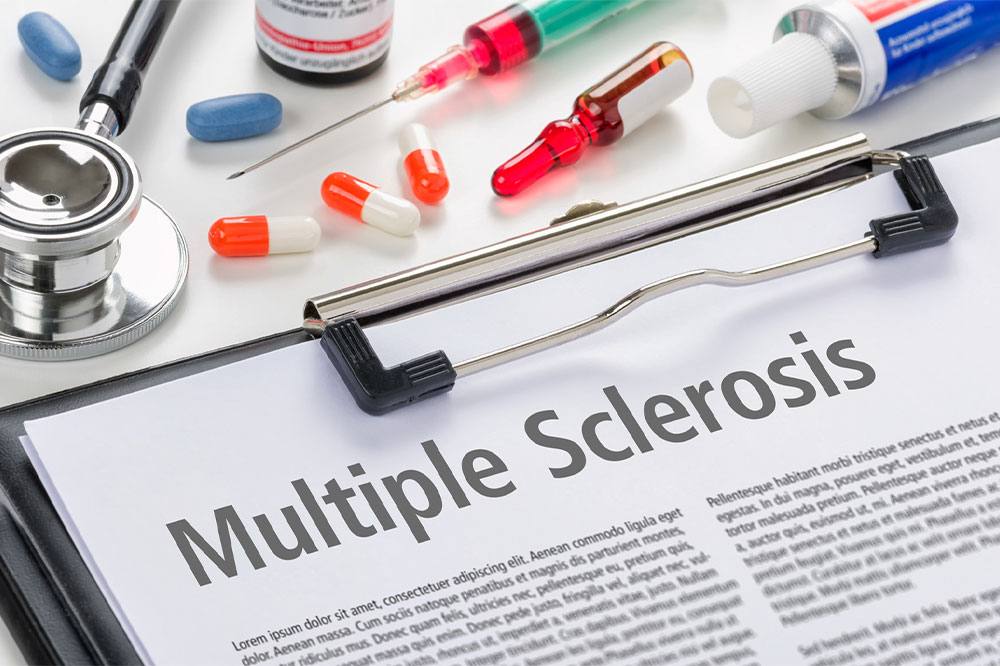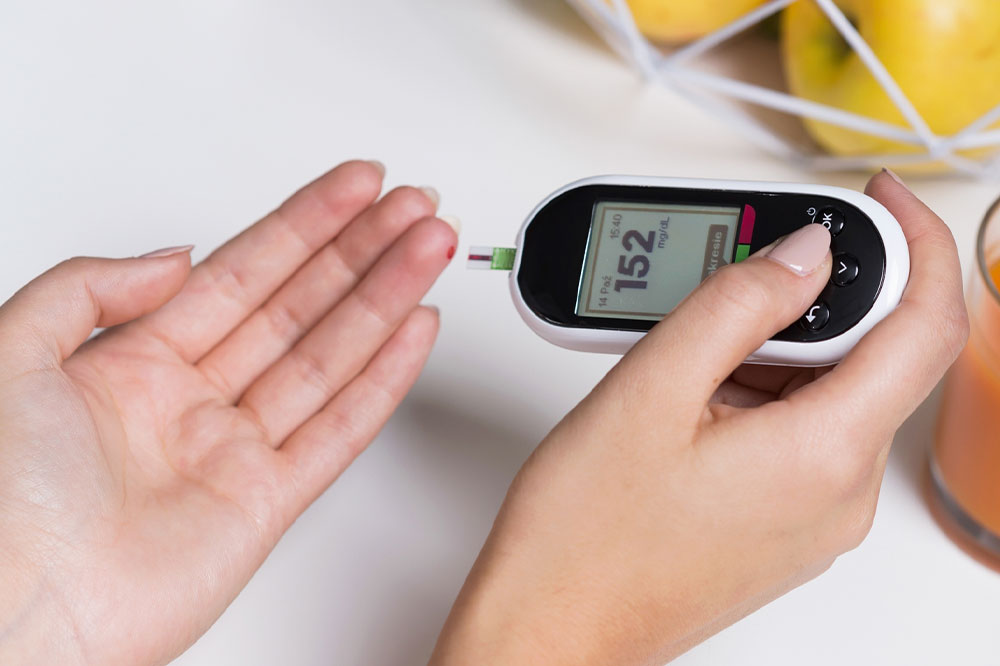In-Depth Guide to Special Diabetes Programs: Essential Information You Need to Know
This comprehensive article explores the critical role of the Special Diabetes Programs (SDP) in diabetes prevention, management, and research. It covers the core components, objectives, and recent advancements in these initiatives aimed at reducing the global diabetes burden. With insights into community-specific and research-focused efforts, the article highlights how SDP fosters innovation and improved health outcomes for affected populations, offering hope for a future with more effective treatments and cures for diabetes.

In-Depth Guide to Special Diabetes Programs: Essential Information You Need to Know
Diabetes mellitus is a chronic condition affecting millions worldwide, making it one of the most prevalent and challenging health issues today. Its widespread impact has prompted governments, healthcare organizations, and research institutions to develop specialized initiatives aimed at combating, managing, and ultimately finding cures for this complex disease. Among these initiatives, the United States federal government has launched targeted programs under the umbrella of the Special Diabetes Programs (SDP). These programs have become crucial in the fight against diabetes by funding research, supporting innovative treatments, and implementing community-based prevention strategies.
Over recent decades, these programs have evolved significantly, integrating the latest scientific advancements to enhance their effectiveness. Updated every two years, the SDP ensures that the latest medical research, technological developments, and therapeutic approaches are incorporated into their strategies, thus providing access to cutting-edge interventions. In this comprehensive guide, we will explore the core components, primary objectives, and the impact of these vital initiatives, helping you understand how they contribute to the global effort to eradicate diabetes or improve the quality of life for those affected.
Key Elements of the SDP
Understanding the structure of the Special Diabetes Programs is essential to grasping their significance. These initiatives are primarily divided into two main segments, each addressing specific populations or research needs:
• SDPI (Special Diabetes Program for American Indians and Alaska Natives): Launched in 1997, this segment is dedicated to combating the disproportionately high rates of diabetes among Native American and Alaska Native communities. These populations face unique genetic, environmental, and lifestyle factors that contribute to increased risk. The program emphasizes culturally tailored prevention, education, and management strategies to reduce incidence rates and improve health outcomes within these communities.
• SDP-Type 1 (Special Statutory Funding Program for Type 1 Diabetes Research): This element focuses on the autoimmune nature of type 1 diabetes. Its primary aim is to halt or slow the autoimmune attack on pancreatic beta cells, which produce insulin. Funded and managed by the National Institutes of Health (NIH), this program prioritizes research into autoimmune reactions, early detection, prevention strategies, and the development of potential cures for type 1 diabetes.
While the first segment mainly operates through the Indian Health Service, providing community-specific resources and outreach, the second underwrites cutting-edge biomedical research to better understand disease mechanisms and develop groundbreaking therapies.
Goals and Outcomes of the SDP
The overarching goal of these programs is to reduce the burden of diabetes across all populations. They do this through a combination of raising awareness, funding research, and facilitating the translation of discoveries into clinical practice. Specific objectives include:
Enhancing understanding of genetic and environmental factors that increase diabetes risk.
Supporting innovative clinical trials to develop new medications and treatment protocols.
Advancing beta-cell preservation techniques to help maintain insulin production in patients with new or existing diabetes.
Improving blood glucose monitoring technologies for better disease management.
Providing community-based prevention programs tailored to high-risk populations.
These efforts have resulted in tangible progress, including breakthroughs in regenerative medicine, personalized treatment plans, and improved patient quality of life.
By fostering a collaborative environment between researchers, healthcare providers, and communities, the SDP remains at the forefront of diabetes research and intervention strategies. Its impact is particularly significant because it accelerates the discovery of effective cures while simultaneously improving current management practices.
In conclusion, the Special Diabetes Programs play a critical role in addressing the complex challenge of diabetes. Their multifaceted approach—covering research, community outreach, and tailored interventions—paves the way for a healthier future. As ongoing research continues to break new ground, these initiatives offer hope for a world where diabetes is no longer a life-altering condition but a manageable or even preventable disease.





